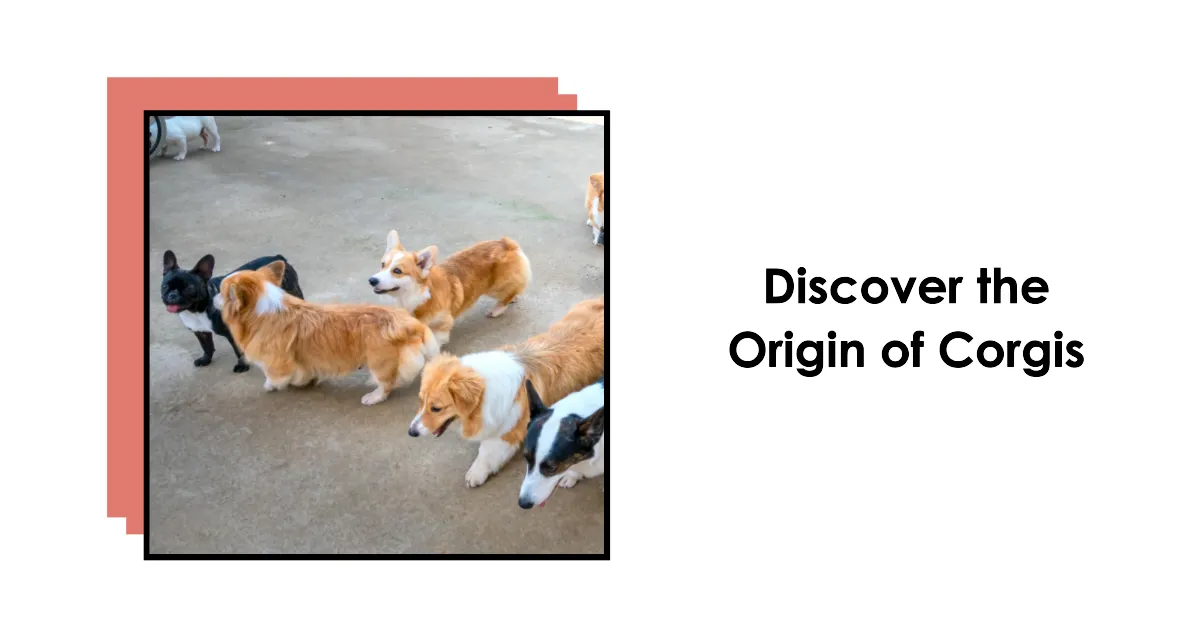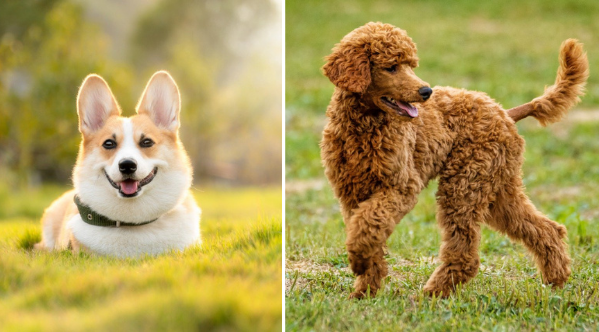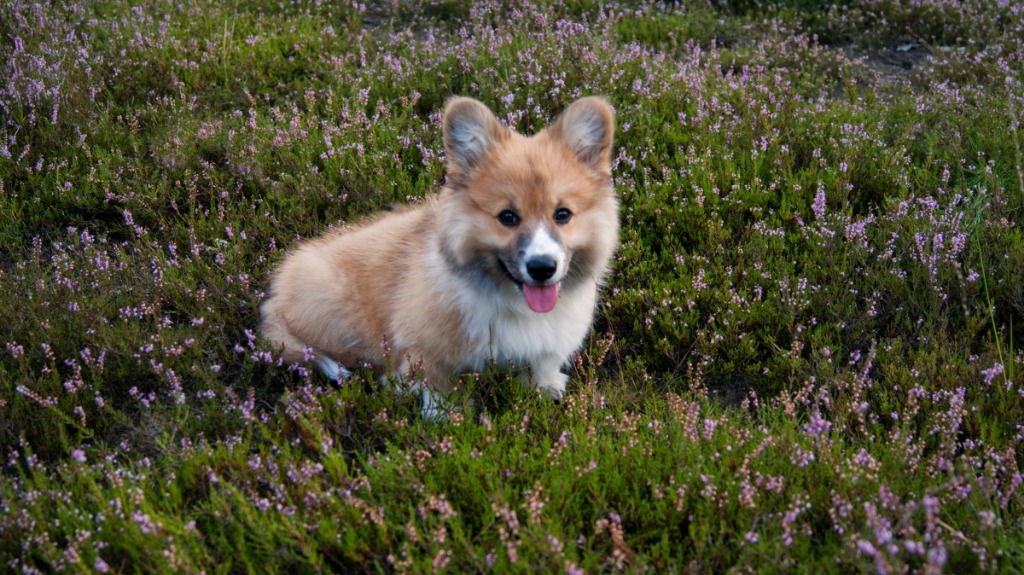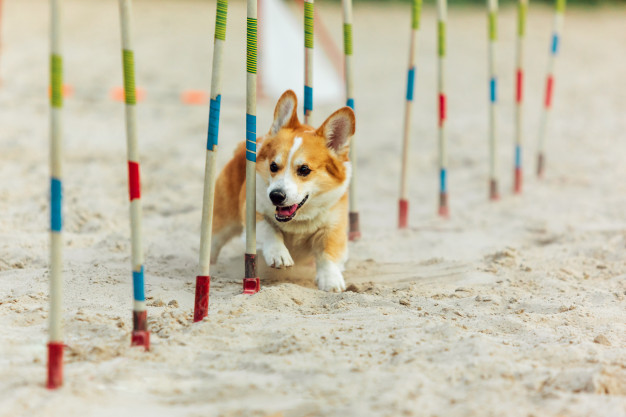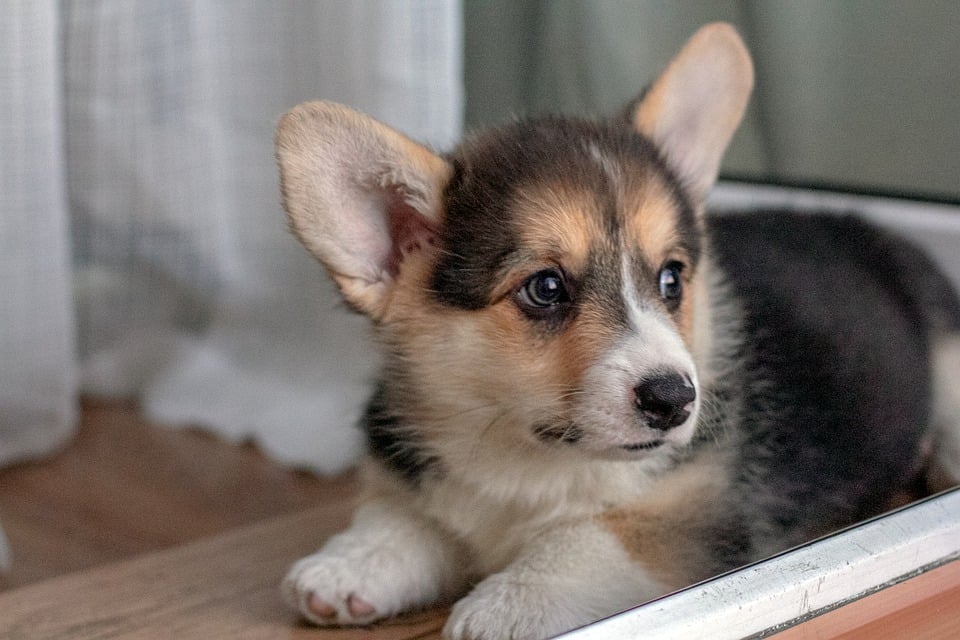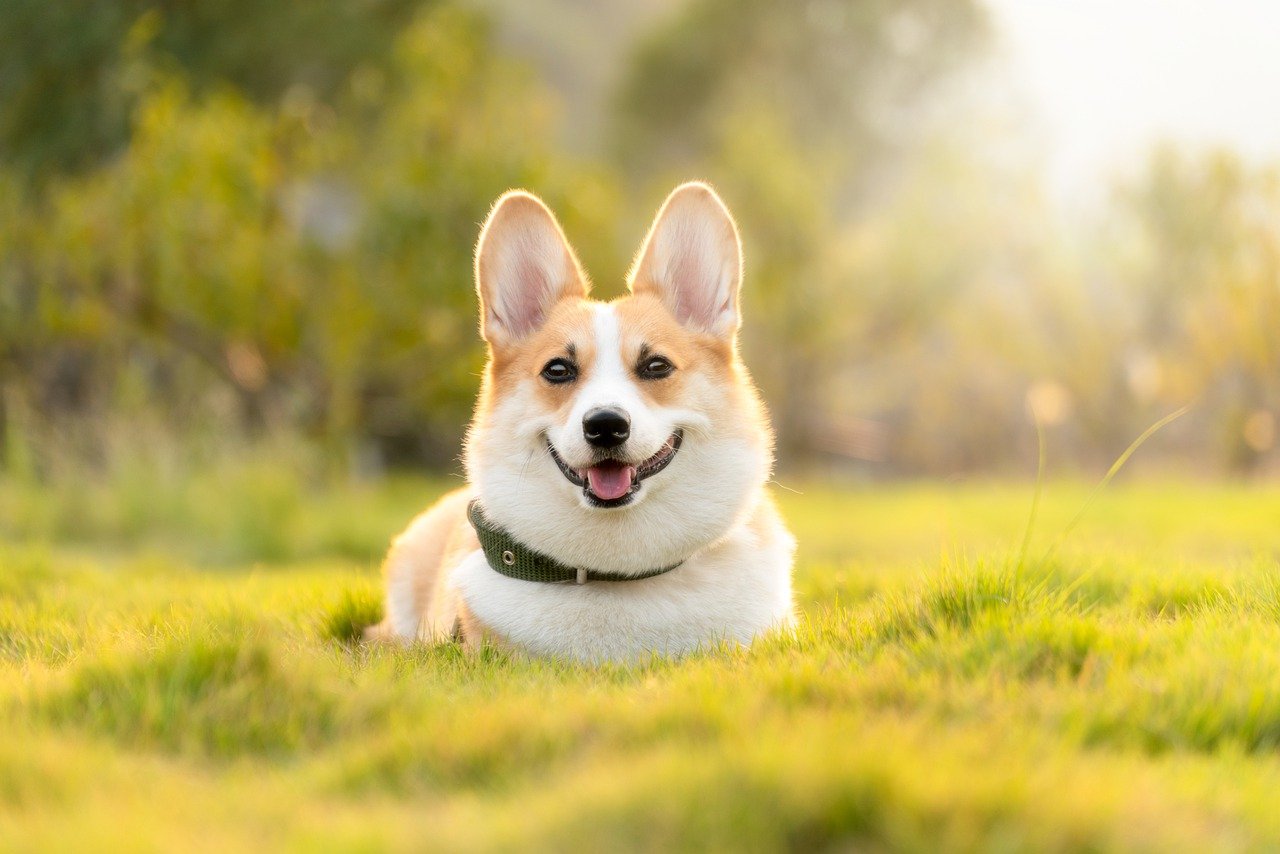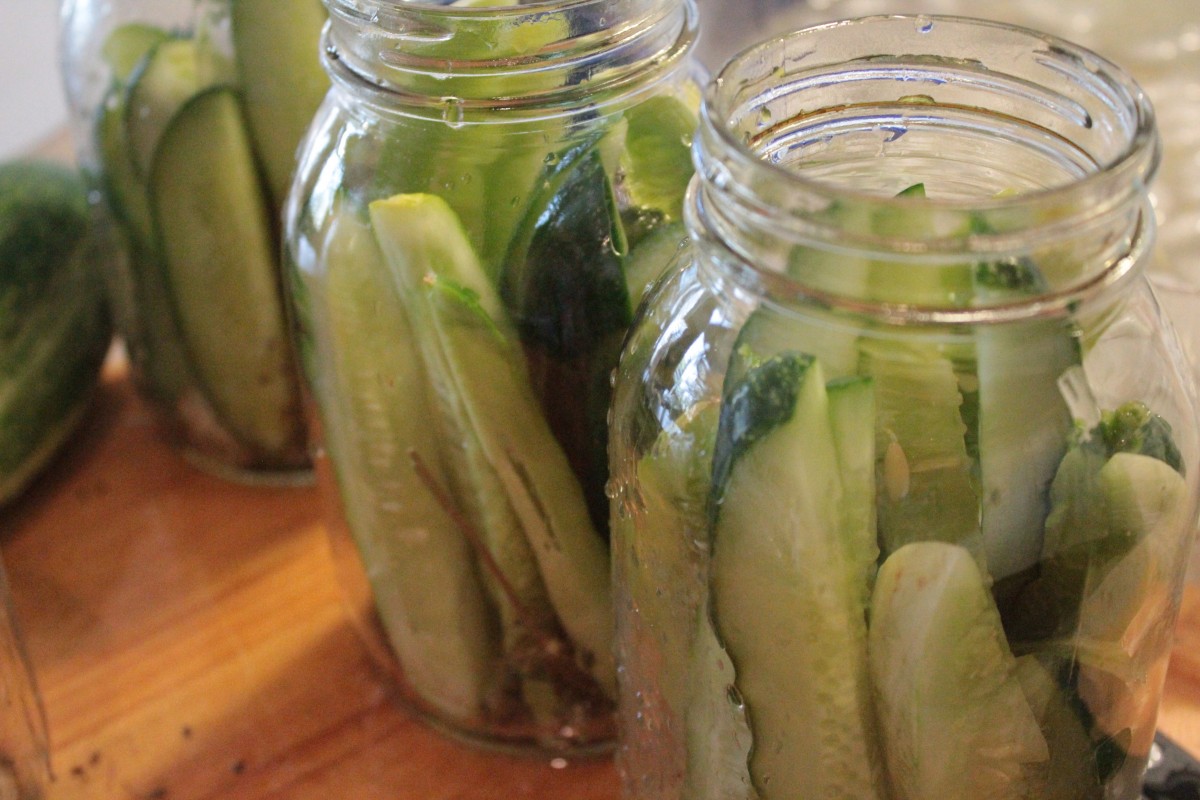The Real Deal About Corgi Shedding - What Every Owner Needs To Know
For those of you who are passionate about the loyal and loving Corgi breed, nothing can bring more joy to your life than owning one. With their floppy ears, stubby legs and spunky personalities, these dogs have a unique way of bringing out the best in us all. But before taking home these furry bundles of joy, it’s important to understand how much they shed. To put it simply - yes, corgis do shed!
As an experienced dog breeder for many years now, I can confidently say that this is something you should be prepared for when welcoming a corgi into your family. Though shedding occurs year-round, there is usually heavier shedding during seasonal changes as well. For example, you’ll likely see more of their thick fur flying around during springtime due to the change in weather temperature. It’s just part of having a beloved pet companion such as a corgi around!
The good news? Shedding doesn’t need to be overwhelming if you take the proper steps ahead of time to prepare yourself (and your household) for what lies ahead. In this article we will explore why and how much corgis shed and provide tips so that you can maintain a clean home while still enjoying quality moments with your pup.
Definition Of A Corgi
A Corgi is a small, energetic dog breed that has been popular in the United Kingdom since the 12th century. They are known for their loyal and affectionate nature, as well as their distinctive short legs and long body. Corgis come in two varieties: Pembroke Welsh Corgis and Cardigan Welsh Corgis. Both breeds adhere to the same breed standard when it comes to physical attributes such as size, weight, coat color, tail length, ears, etc. As far as temperament goes, both types of corgis typically have an outgoing personality and are very trainable due to their intelligence. If you're looking for a companion animal with lots of energy and loyalty then a corgi could be the perfect fit! With proper care from experienced breeders, this delightful breed can make an excellent addition to any family. Transitioning into the next section now we will discuss more about the physical characteristics of a Corgi.
Physical Characteristics Of A Corgi
Ah, the noble corgi! These small but mighty dogs have been a staple of British royalty for centuries. They are full of personality and can light up any room with their sweet nature. Let's take a look at some of the physical traits that make them so special:
- Corgi anatomy is unique among breeds - they have short legs and a long body, giving them an endearing low-to-the-ground appearance.
- On average, corgis stand about 10 to 12 inches tall when fully grown, making them ideal for smaller households or apartments.
- Their coat comes in many colors, including red, sable, fawn, black and tan. Many also sport distinctive white markings on the face, chest and tail tip.
- Though short in stature, their legs are strong and muscular - perfect for running around agility courses or keeping up with you on walks.
- Ears are large and floppy which adds to their cuteness factor!
The combination of these features makes it easy to see why this breed has become such a beloved companion throughout history. From loyal guard dog to lovable lapdog – the corgi truly does it all!
Grooming Requirements
Corgis are a low-maintenance breed, but they do require some regular grooming. Brushing their coats is important to keep them looking and feeling their best - this should be done at least once or twice a week. Bathing your corgi regularly will help maintain their coat health as well as reduce shedding. Additionally, you may need to trim the fur around the feet and face, clip nails and clean ears when needed.
While brushing is an essential part of keeping up with your corgi's grooming needs, it also has other benefits; it helps distribute natural oils that nourish skin and fur, stimulates circulation and encourages bonding between you and your pup. To ensure your dog remains healthy in both body and mind, make sure to set aside time for grooming on a weekly basis. With proper care and attention, your beloved companion can look forward to many years of good health! Now let's move onto understanding the shedding cycles associated with corgis.
Shedding Cycles
Corgi shedding is not a one-size-fits-all situation. It's seasonal - and understanding the seasonality of corgi shedding can enable you to better manage your pup's coat.
Corgis generally shed more during springtime months due their thick coats that they need to keep warm in cold temperatures. During this time, you'll see an increase in fur on furniture, floors, clothes, and throughout the house. You may be tempted to reach for a vacuum or lint roller every day!
But don't worry – it won't last forever! There are steps you can take to minimize the mess while keeping your furry friend healthy:
Grooming:
- Daily brushing helps reduce loose hairs from ending up all over your home.
- Regular baths help remove dirt and debris before it has a chance to get embedded into their coat.
Diet:
- Feeding them quality food with essential vitamins and minerals will ensure their skin stays healthy and hydrated. This reduces excessive dryness which leads to excess shedding.
- Adding fish oil supplements provides omega 3 fatty acids which adds shine and moisture to their coat as well as reducing inflammation associated with allergies or other skin conditions.
These simple steps can go a long way towards managing your corgi's shedding seasonally.
Coat Types And Lengths
Corgis come in two coat types and lengths, the smooth coat and the long coat. The most common is the smooth coat, which has a dense undercoat that protects it from cold temperatures. This type of coat does not shed as much as its longer-haired counterpart. It also requires less maintenance than a long-coated Corgi.
The long coated Corgi has a thicker topcoat with an abundant amount of guard hairs that protect against all sorts of weather conditions. However, this breed will require more grooming due to their frequent shedding habits throughout the year. Long coats need regular brushing to keep them looking neat and tidy. Both breeds require occasional baths when necessary to maintain good hygiene.
With proper care and attention given to both types of coats, owners can be sure they have chosen a healthy companion for years to come. With such different personalities, each Corgi brings something unique to any home - no matter what their hair length may be!
Breed-Specific Shedding Habits
Corgis are an interesting breed when it comes to their shedding habits. They have two distinct shed cycles throughout the year, which can make them prone to excessive Shedding if they aren't given proper coat care. To decrease shedding and promote healthy fur growth in your Corgi, here are some recommended grooming techniques:
- Brush your Corgi's coat regularly using a slicker brush or comb to remove excess hair and dirt buildup.
- Bathe your Corgi regularly with a mild shampoo specifically designed for long-haired breeds like the Corgi.
- Trim any mats or knots that form on your Corgi’s coat to prevent further tangling or matting of the fur.
- Use natural oils such as coconut oil or almond oil in small amounts to condition and moisturize the fur after brushing and bathing. By following these simple tips, you’ll be able to manage your Corgi’s shedding cycle effectively and keep their coat looking soft, shiny, and free from tangles! With regular maintenance and careful monitoring of your pet’s shedding cycle, you should be able to reduce excessive Shedding in no time at all! Now let's look at what causes of excessive shedding in corgis may be...
Causes Of Excessive Shedding In Corgis
Corgi shedding is an issue all owners must be aware of. There are several possible causes for excessive corgi shedding, and understanding them can help you take the necessary steps to reduce it. Here's a list of the most common triggers:
- Corgi diet - An unbalanced or unhealthy diet can lead to increased shedding in your pup. A good quality kibble with omega-3 fatty acids will ensure their coat stays healthy.
- Coat health - Keeping your corgi's coat clean and free from dirt and debris can prevent excess shedding. Proper brushing and regular baths will keep their fur soft and tangle-free.
- Genetics - Genetics play a role as well; some breeds are more prone to shedding than others. If this is something that runs in your pet’s bloodline, managing the rate at which they shed may require extra effort on your part.
No matter what the cause, an appropriate grooming routine is essential if you want to keep your cuddly companion’s shedding under control. Grooming needs vary by breed, so make sure you do research about specific requirements for your furry pal!
Steps To Reduce Shedding
Corgis are medium-sized dogs with a lot of fur, which means they also shed quite a bit. If you're looking to reduce your Corgi's shedding there are some simple steps you can take:
- Brush their coat regularly - Brushing your Corgi's coat is the best way to reduce shedding and keep it healthy. This will help remove dirt, dead hair, and other debris that can cause more fur to come off when brushing.
- Provide regular baths - Giving your Corgi a bath every 3-4 weeks helps prevent excess build up of dander and oil in their coats, resulting in less shedding.
- Use low-shedding food - Feeding your pup foods that have been specially formulated for low shedding breeds like corgis is another great way to minimize fur loss.
- Visit the groomer - Taking your pup to the groomers every few months can help maintain an even coat length, reducing overall fur shedding.
By following these steps you should be able to significantly reduce the amount of fur that comes off of your beloved pet! In addition to this, ensuring your pup has a balanced diet and nutrition plan will keep their coat healthy too!

